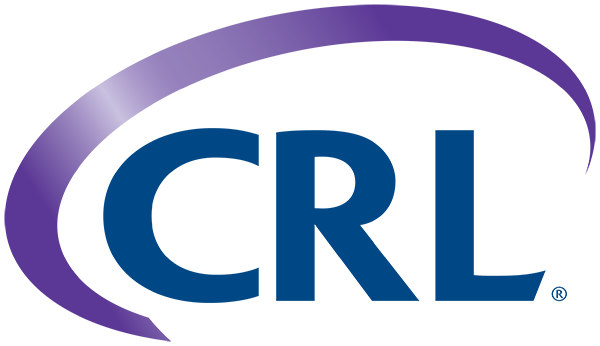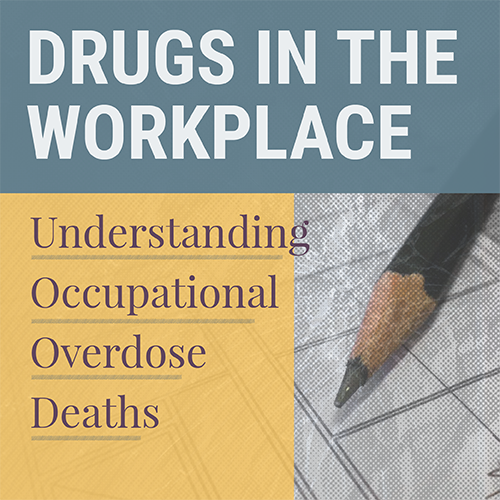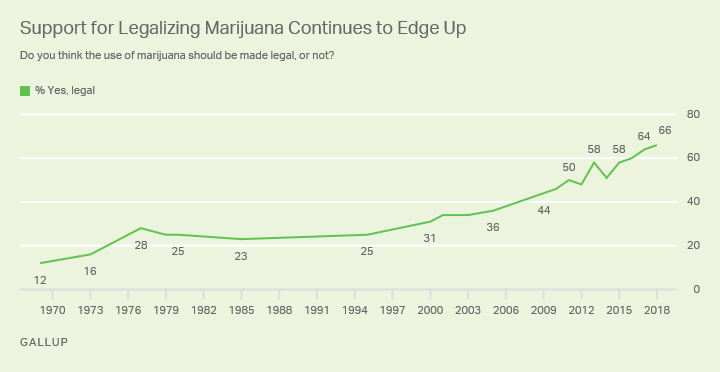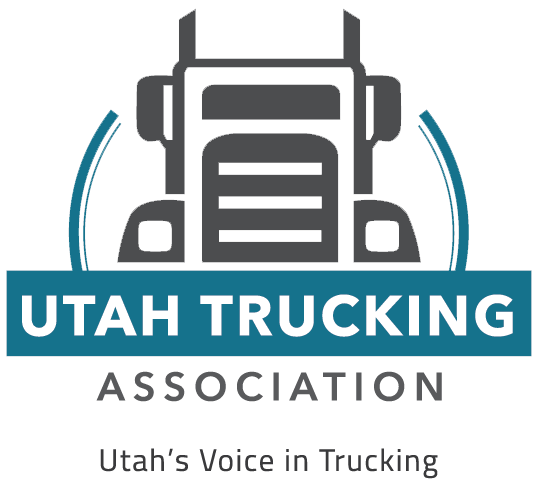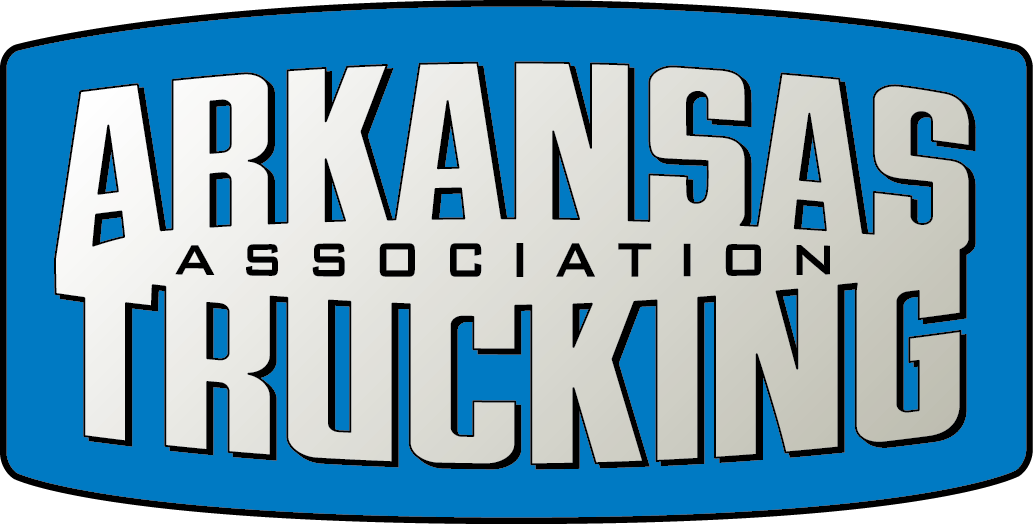US Drug Test Centers Blog
Opioids vs. Opiates: What’s the Difference? | US Drug Test Centers
Opioids and opiates are commonly used interchangeably, but these two terms refer to similar yet separate things. Both reflect medication primarily prescribed for pain relief and anesthesia but can also be used for diarrhea suppression, cough suppression, and Opioid Use Disorder treatment.
Both opioids and opiates are narcotics, but the big difference lies in how they are made. Read on to understand the difference between opioids vs opiates, plus learn about common examples of each and how they can affect the body.
What are Opiates?
Opiates are natural opioids that are derived from the opium poppy plant. They're considered "natural" because their active ingredients come from plant matter instead of being made in a lab. Opiates may be synthetic or semisynthetic, and legal opiates may be prescribed by doctors for pain treatment.
Common examples of opiates are:
- Morphine – a legal opiate belonging to the class of medicine called opiate analgesics, which are prescription medications. It's used to alleviate moderate to extreme pain. Morphine is made in the form of an oral solution, extended-release tablets, and capsules for around-the-clock pain management.
- Codeine – like morphine, a legal prescription opiate. Aside from mild to moderate pain management, it's also used in combination with other types of medication to minimize coughing. Thus, it's considered both an opiate analgesic and an antitussive. When used for pain management, it alters the way that the brain and nervous system register and respond to pain. When used for the latter scenario, it suppresses activity in the part of the brain that induces coughing.
- Heroin – unlike morphine and codeine, an illegal opiate that serves no medicinal purpose and is highly abused. It comes in the form of either white or brown powder, or a sticky substance called "black tar heroin." It enters the system through sniffing, snorting, injecting into the bloodstream, or smoking. Heroin is highly addictive, as evidenced by research showing that 1/3 of those entering treatment for OUD state that heroin was their first opioid of choice to regularly get high.
What are Opioids?
Opioids, on the other hand, are made from synthetic or partly synthetic chemicals that are lab-made or synthesized from opium chemical compounds. Their active ingredients are chemically created, instead of being derived straight from a plant. Opioids impact the opioid receptors of the body and brain to control feelings of pain and pleasure. Specifically, they switch off the pain and amp up the pleasure.
Common examples of opioids are:
1. Prescription opioids – These are legal prescription medications used to manage moderate to extreme pain, especially following a major injury, surgery, or severe health conditions like cancer. Recently, prescription opioids have increasingly been used to help treat chronic pain and non-cancer pains like osteoarthritis and back pain. However, these are treated cautiously due to the risks around opioid usage and the shortage of proof on their effectiveness in the long run.
Examples of prescription opioids are:
Methadone – This is a long-acting full opioid agonistic, approved by the FDA. It's used for pain management, as well as medication-assisted treatment for opioid use disorder (OUD), colloquially termed opioid addiction. It helps to stop the effects of opioids, minimize the craving for opioids, and lessen withdrawal symptoms. This is made in liquid, diskette, and powder forms.
Hydrocodone – This is an opiate analgesic that is prescribed to alleviate severe pain. It's only for those who require around-the-clock medication to relieve extreme pain that cannot be treated by other medication. It's made in the form of long-acting capsules and tablets.
Oxycodone – This comes in the form of extended-release tablets and capsules, and a concentrated oral solution. It's an opiate analgesic that works by altering the way that the nervous system and brain react to feelings of pain.

2. Fentanyl – This synthetic opioid is 50 to 100 times more potent than morphine. As such, it's designed to treat extreme pain – normally pain from advanced cancer. It's made in the form of lozenges and transdermal patches. While it's a prescription drug, fentanyl can be misused and abused due to its heroin-like effect. When mixed with cocaine and/or heroin, it can have increased euphoric effects.
The Side Effects of Opioids and Opiates
The most prominent risk of both opioids and opiates is their addictive quality, particularly for those who are suffering from pain. This is due to the way that these medications work. They change the way that the brain and body register and respond to feelings of pain by reducing the pain signals and increasing the pleasure signals (a.k.a. "euphoria").
Furthermore, the body can develop a tolerance for these medications. Users need to take more, in the long run, to feel the same level of pain relief, making them susceptible to addiction and abuse. Addiction can lead to a physical dependence on opioids and opiates, which causes withdrawal symptoms when the medication stops.
Other physical side effects include constipation, nausea, vomiting, dry mouth, sweatiness, itchiness, dizziness, drowsiness, confusion, depression, lower energy and physical strength, and decreased sex drive.
Opioid Use Disorder (OUD) is the preferred term to similar terms with negative connotations, such as "opioid dependence" or "opioid addiction." This is the problematic and incorrect usage of opioids that causes severe distress and damage. OUD can lead to a host of issues – from being unable to reduce or control opioid intake to major social problems like failing to fulfill personal or professional obligations.
This can be addressed via medication-assisted treatment (MAT) which involves a mix of medication, behavioral therapy, and counseling.
With the risks posed by opioids and opiates, even legally prescribed ones, these should only be taken when prescribed by a doctor and must carefully be managed to follow the correct dosage. Refrain from obtaining these drugs through improper channels, especially illegal and unregulated ones.
If you are an employer in need of help to keep a safe, substance-free workplace or you require a drug test, contact US Drug Test Centers for assistance. Find a testing center near you or order a test today.


